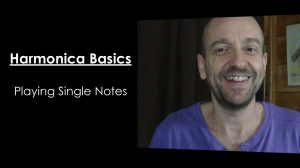
How To Play Single Notes - Lip Pucker and Tongue Blocking
Producing single notes on the harmonica is one of the biggest struggles for a beginning harp player.
There are two different ways to produce single notes and I demonstrate both in this lesson.
Lesson Info
Difficulty: Beginner
Lesson Length: 4:07
Instructor: George Goodman
There are two common ways to produce single notes on the harmonica. These are the Lip Pucker and Tongue Blocking. Let's look at both here.
Recommended Gear
A C harmonica is the first one you need to follow along with the lessons on the site. I often play a Hohner Special 20 Harmonica in the key of C through a Shure Green Bullet microphone Model 5200 and Fender Super Champ amplifier
How To Play Single Notes - Lip Pucker And Tongue Blocking
Lip Pucker vs Tongue Blocking
Getting the best sound out of your harmonica requires that it be placed in your mouth. Not just against your lips but well into your mouth having your lips on the outside plates. With so much of the harmonica in your mouth, how can you play single notes? Two ways.
Lip Pucker
If you blow or draw a harmonica when it is properly placed in your mouth then chances are you are going to sound two or three different notes. The challenge comes in reducing the sound to just one note. This is accomplished by puckering your top lip so that it forms a hole that only allows one note to sound while the lips on either side of this ‘hole’ block the harmonica holes on either side. This results in the harmonica being pushed out slightly by the lips.
Practice by first putting the harmonica fully in your mouth. Then blow to sound two, three or even four tones at the same time. Then slowly pucker your top lip to allow you to block the extra holes. You may have to move the harmonica slightly right or left to ensure that the hole produced by your top lip matches a harmonica hole.
Practice using long tones over the range of the harmonica. Make sure you are breathing from the diaphragm and try to produce clean, full sounding single notes. Don’t get discouraged if this doesn’t come right away. The muscles in your lips will not be used to doing this and may require time to strengthen.
Once you are getting good single notes with the long tones, start playing shorter tones moving up and down the harmonica.
Tongue Blocking
Tongue blocking is a technique that uses the tongue to block holes on the harmonica while playing. This technique can be used to play single notes. You use the right side of your mouth to play a single note while your tongue blocks the holes to the left of the hole you want to sound.
This is more difficult than the puckering technique but will allow you to perform playing techniques that are unique to tongue blocking.
Practice using long tones both blowing and drawing up and down the harmonica. Don’t shy away from high or low notes because they are harder to play. Remember to produce a controlled, focused airflow using your diaphragm and stomach muscles. Once you can produce clear single tones, try playing shorter notes.
If you are getting more than a single note sounding, you need to practice placing your tongue so that you are blocking all the notes except one.
If you are producing a single note but it is thin sounding, this means that you are slightly blocking the hole with your tongue or lips and you will need to adjust your tongue to the left or lip to the right.
5 Pack Case of Hohner Special 20s
What do I like about the Special 20s?
Great Sound, Smooth Comb, Responsive to Bending - but not loose, Affordable. I play Special 20s more than any other model.
Martin Acoustic Guitar Strings
If it's been a while since you've changed your strings, you won't believe the difference in the sound. These are some excellent Martin strings. Need I say more? Totally affordable.
Hohner Harmonica Holder
The Hohner Harmonica Neck Holder fits harmonicas up to 7-1/2" long, has a nickel plated finish and fits any neck shape.
I have used a similar holder for over 25 years. This no-nonsense holder will work for you.

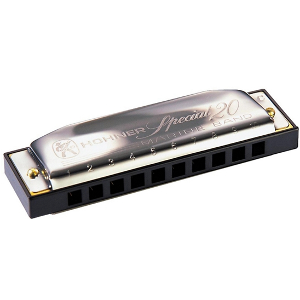
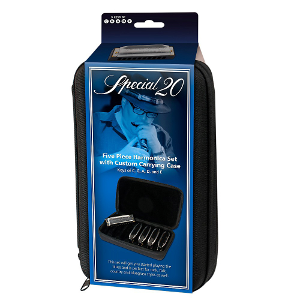
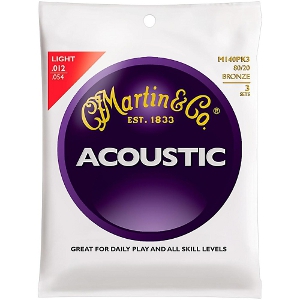
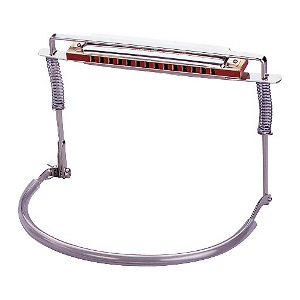


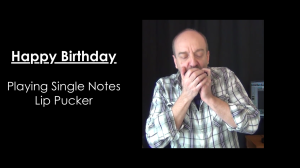



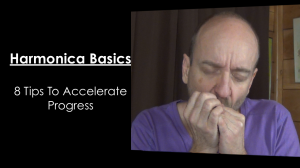
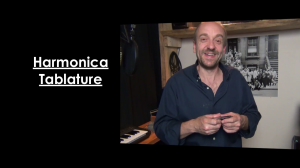

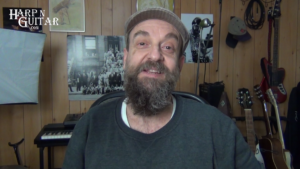
Leave a Reply